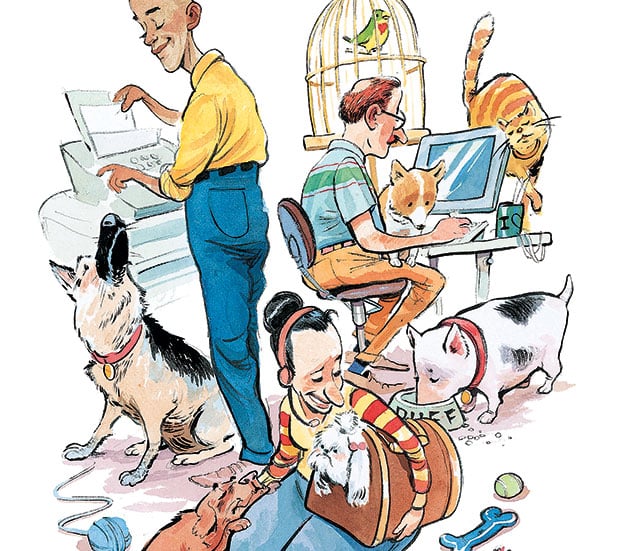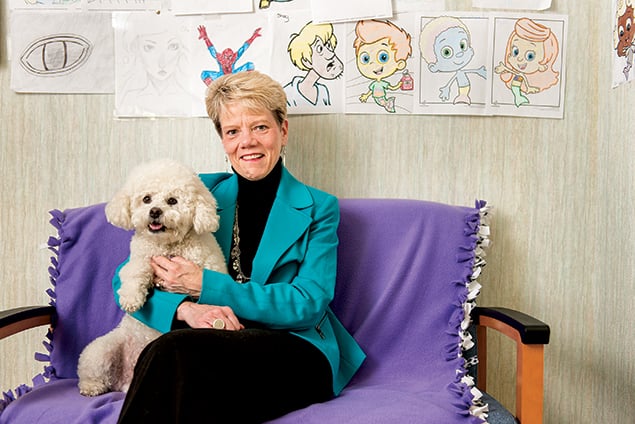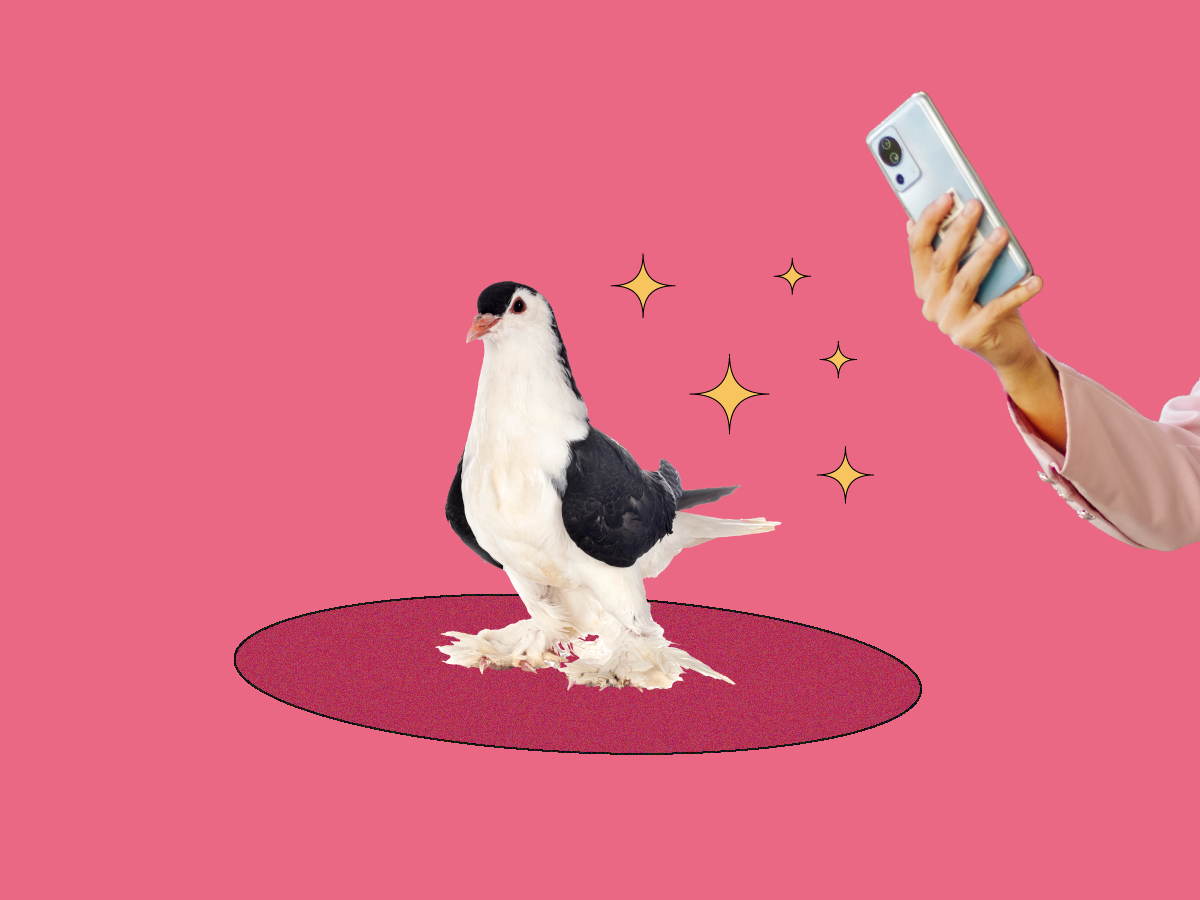It’s been more than a year since Zac had to visit Children’s National eating-disorder clinic in DC’s Spring Valley. But psychologist Darlene Atkins is certain that her bichon frisé, Murphy, will remember the former patient.
A knock on the office door rouses the therapy dog from his favorite napping spot under Atkins’s desk. His fluffy body breaks into a wiggle when Zac walks in. At first, the teenager doesn’t show much interest in talking to the humans in the room, but he begins to laugh and warm up as he scratches behind Murphy’s ears.
Zac, now 16, was diagnosed with anorexia when he was 11. He says the physical remedies—trips to the hospital to stabilize vital signs and get rehydrated—were easy compared with the work it took to diminish the disease’s psychological hold on him. “A lot of times, therapy sucks and I would dread going,” he says. “When you have an eating disorder like I did, there’s the physical side and then there’s the emotional side, and the emotional side is 10 billion times worse.”
When Zac cried in a session, Murphy climbed into his lap: “It was cool that he could sense that and comfort me.” When Zac’s younger sisters complained about having to tag along—adding to the list of things he felt bad about—Murphy became the solution. “My sisters loved him. They always wanted to come in and say hi.”
Atkins, director of the clinic, got Murphy four years ago after hearing from a colleague about the benefits of using dogs to get through to kids in distress. For eating-disorder patients, who often feel isolated and misunderstood, Atkins says, “Murphy serves as a way to engage and connect.”
When she told the Richmond breeder she wanted a dog that could work with adolescents, the woman pointed to Murphy, who she said seemed to comfort his siblings when they were upset. Atkins won a grant that helped launch the pet-therapy program, and Murphy underwent training to become a certified therapy dog.
Murphy’s diplomas hang on the office wall. He calmly greets patients when they arrive for appointments. If they show interest, he takes his place on the chair beside them. If not, he curls up under the desk. “There was one patient who told me they were able to trust me more simply by watching the way I interacted with Murphy,” says Atkins. Another one’s parents warned that their daughter was so deeply opposed to counseling that her first session would almost certainly be her last. After an hour with Murphy, the girl wasn’t sure she could wait a full week to see the dog again.
Such experiences aren’t unique to Atkins’s office. Studies show that incorporating dogs into therapy lowers blood pressure, reduces anxiety, and contributes to patients’ social development. More surprising is the effect Murphy has had on office culture. Lisa Ezidinma, a medical technician, had an extreme fear of dogs since getting chased by one as a child. But Murphy’s friendly personality won her over to the point that she decided to get a dog of her own. “My friends can’t believe it,” she says.
And Murphy is no longer the only four-legged staffer at the outpatient center. Down the hall, another dog makes his rounds in the diabetes department. Inspired by Atkins and Murphy, Dr. Fran Cogen got her own bichon frisé, Knickers, from the same Richmond breeder to help soothe her patients.
Before he says goodbye to Murphy, Zac takes a minute to consider the significance of his visit. Today he’s a healthy high-school student, active in soccer and theater. That he’s back at the clinic not because of a relapse but to see Murphy and share how the dog has helped him is something of a personal victory. “It’s a happy ending,” he says.
This article appears in the January 2015 issue of Washingtonian.
You Might Also Like:

How a Washingtonian Food Editor Decides Where to Go For Valentine’s Dinner |

Working Like a Dog |

Inspired by Emma: Adopting a Pit Bull |


















